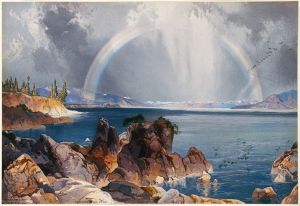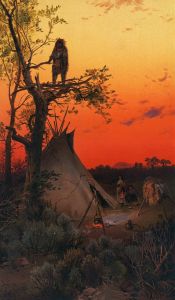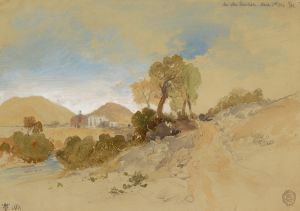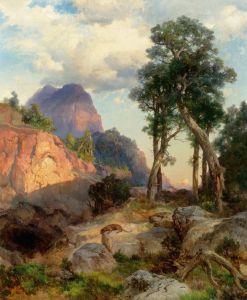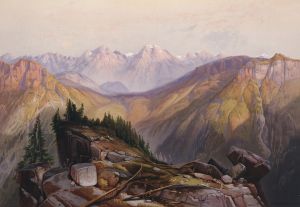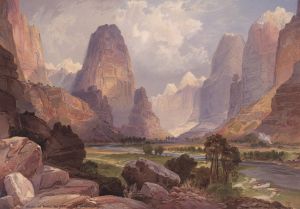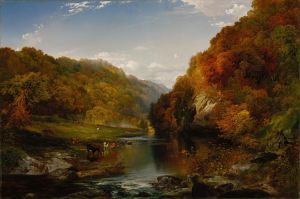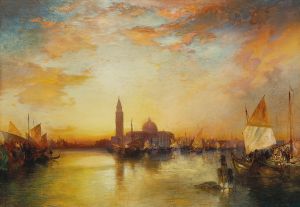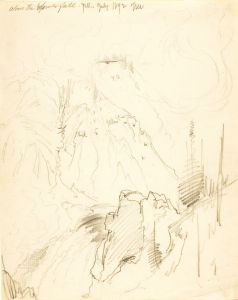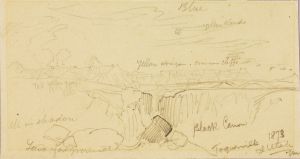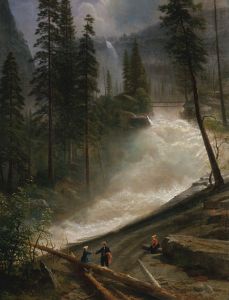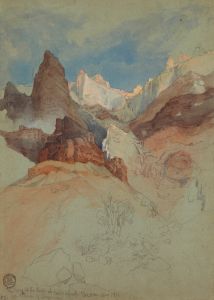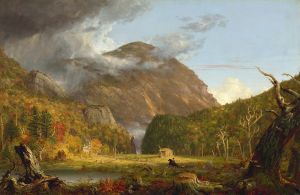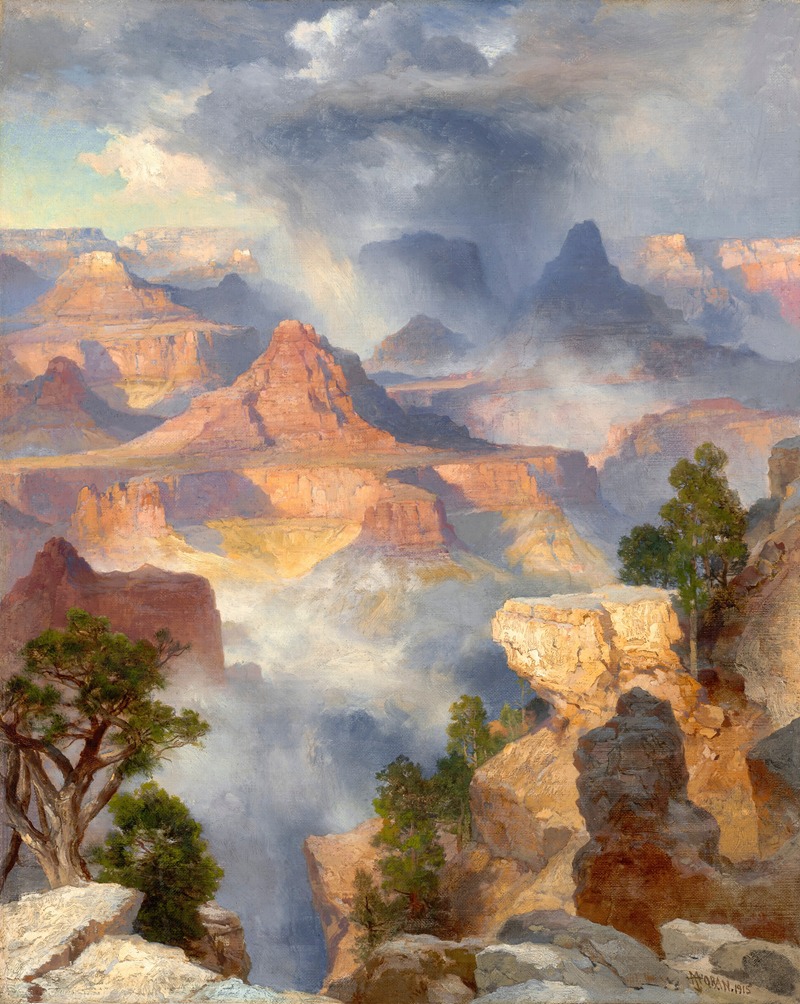
Grand Canyon, Colorado River
A hand-painted replica of Thomas Moran’s masterpiece Grand Canyon, Colorado River, meticulously crafted by professional artists to capture the true essence of the original. Each piece is created with museum-quality canvas and rare mineral pigments, carefully painted by experienced artists with delicate brushstrokes and rich, layered colors to perfectly recreate the texture of the original artwork. Unlike machine-printed reproductions, this hand-painted version brings the painting to life, infused with the artist’s emotions and skill in every stroke. Whether for personal collection or home decoration, it instantly elevates the artistic atmosphere of any space.
Thomas Moran's "Grand Canyon of the Colorado River" is a significant work of art that captures the grandeur and majesty of one of the United States' most iconic natural landmarks. Painted in 1892, this piece is a testament to Moran's skill as a landscape artist and his ability to convey the vastness and beauty of the American West.
Thomas Moran, born in 1837 in Bolton, England, immigrated to the United States with his family as a child. He became one of the most prominent landscape painters of the 19th century, particularly known for his depictions of the American West. Moran was part of the Hudson River School, a group of artists who focused on romantic landscapes and the sublime beauty of nature. His work played a crucial role in popularizing the American wilderness and influencing the establishment of national parks.
The "Grand Canyon of the Colorado River" is one of Moran's masterpieces, showcasing his fascination with the dramatic landscapes of the West. The painting is a large-scale oil on canvas, measuring approximately 7 feet by 12 feet. It captures the breathtaking view of the Grand Canyon, emphasizing its immense scale and the intricate play of light and shadow across the canyon's rugged terrain. Moran's use of vibrant colors and meticulous attention to detail bring the scene to life, highlighting the canyon's geological features and the Colorado River winding through it.
Moran's journey to the Grand Canyon was part of a larger exploration of the American West. He first visited the region in 1873, accompanying John Wesley Powell's expedition. This trip provided Moran with the firsthand experience and sketches that would inform his later works. His paintings, including "Grand Canyon of the Colorado River," were instrumental in shaping public perception of the West and advocating for its preservation.
The painting was well-received and contributed to Moran's reputation as a leading landscape artist. It was exhibited at various venues, allowing audiences to experience the awe-inspiring beauty of the Grand Canyon through Moran's eyes. His work not only captured the imagination of the public but also played a role in the conservation movement, influencing the establishment of the Grand Canyon as a national park in 1919.
Today, "Grand Canyon of the Colorado River" is housed in the Smithsonian American Art Museum in Washington, D.C. It remains a celebrated example of Moran's artistic legacy and his contribution to American art and environmental conservation. The painting continues to inspire viewers with its depiction of the natural wonder and serves as a reminder of the importance of preserving such landscapes for future generations.






